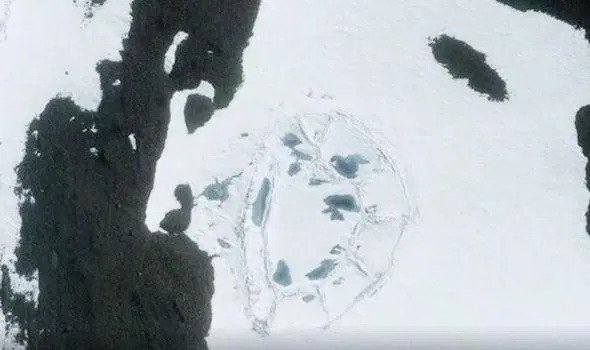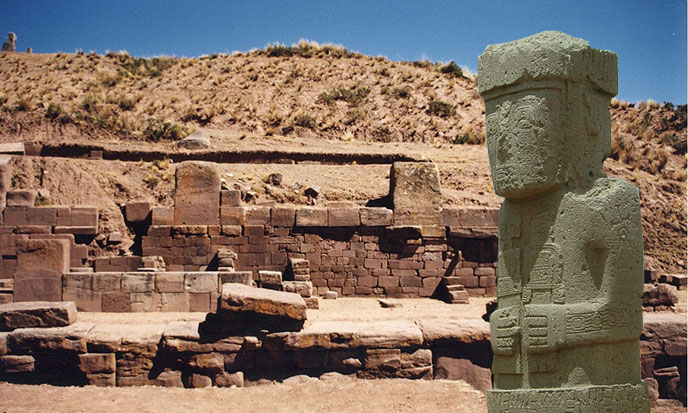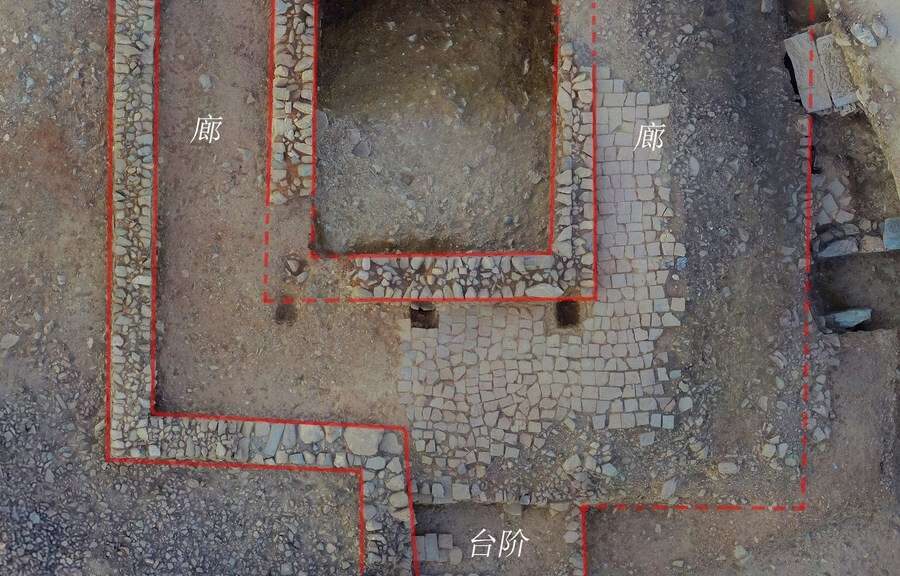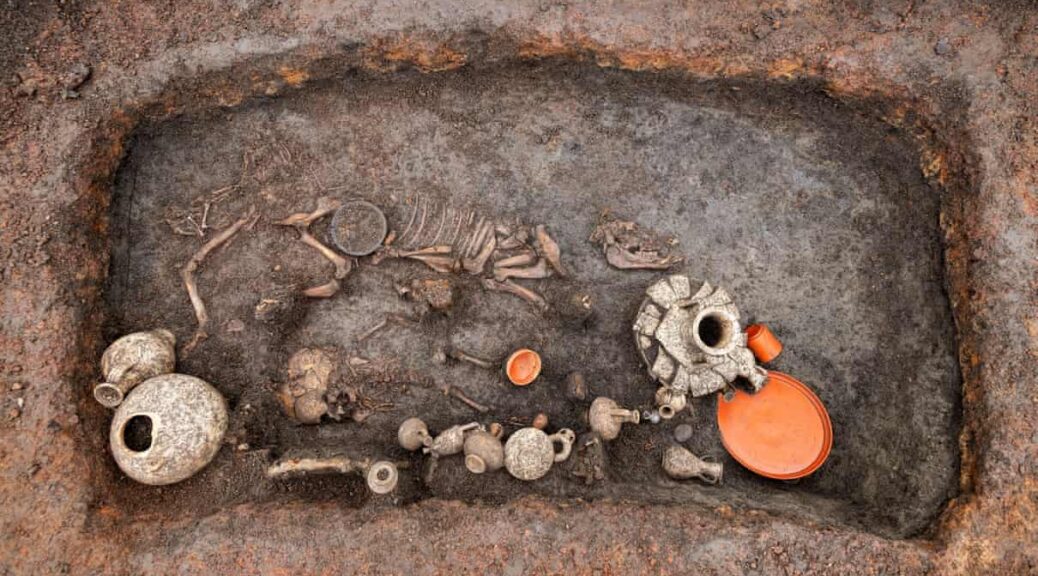New satellite images reveal mysterious dome structure hidden in Antarctica fuelling shock claims an ancient civilization once lived there
We’ve got a digital picture of a ‘dome’ in Antarctica that shortly after, has sparked wild rumors of a civilization living in the frozen continent. The picture, which is said to be from Google Earth, shows an oval-shaped structure that is believed to be 400 feet (121 meters) across.
The so-called formation has been said to be evidence of a human culture that once occupied the South Pole. It can even be considered a natural phenomenon, as some people believe that.
‘What if, in the distant past, when Earth –and Antarctica— was much different than today, an ancient civilization developed there, creating fascinating structures, monuments and temples there?’ a post on Ancient Code says.

The post says scientists initially thought the discovery could be a sastrugi – a natural phenomenon formed by years of battering by strong, freezing winds and heavy snowfall.
But sastrugi are not known to form in oval shapes, as shown in the picture. This is not the first time people have suggested there was a lost civilisation in Antarctica. Pictures released by Nasa from its IceBridge ice-mapping mission triggered a few people to claim evidence for this lost civilization had been found.

Ashoka Tripathi, of the Department of Archaeology at the University of Calcutta, said the images showed clear evidence of an ancient human settlement beneath the ice sheet, according to World News Daily.
‘These are clearly features of some sort of human-made structure, resembling some sort of pyramidal structure,’ he said.
‘The patterns clearly show nothing we should expect from natural geomorphological formations found in nature.
‘We clearly have here evidence of human engineering. The only problem is that these photographs were taken in Antarctica under 2 kilometers of ice. That is clearly the puzzling part, we do not have any explanation for this at the moment.’
Another strange theory surfaced last year, claiming that there is a mysterious pyramid in the Antarctic had emerged. Conspiracy theorists have posted a video on YouTube, in which they claim that US Secretary of State, John Kerry, visited Antarctica last week to visit an ‘alien base’ within the pyramid.
The video suggests that the images have been taken from Google Earth, but it is unclear whether they have been edited. The video was posted by the Third Phase of the Moon, a YouTube channel that regularly posts conspiracy theories on aliens.
It showed a pyramid-like structure in the snow, with a Google Earth-type label and pin. The label reads ‘Antarctica Pyramid’ – a misspelling of Antarctica, which suggests that the image might have been doctored.
Responses to the video were varied, with some users backing-up the claims, such as James Jason, who commented: ‘Excellent report Third Phase, I also believe things are about to get very dramatic, and that is for everyone on our planet.’
But others dismissed it, such as Gordon Anderson, who said: ‘I have spent a LOT of time on snow-covered mountains- skiing down, and this looks natural to me – not man-made anyway!’
Others joked John Kerry was there for other reasons, such as Daniel Schultz, who commented: ‘on his bucket list, fly to Antarctica and make ‘snow angels’ where no man has gone before.’
It is unclear what the structure could be, but it looks similar to a nunatak – a natural mountain peak that juts up above glaciers.
Nigel Watson, the author of the UFO Investigations Manual, told MailOnline: ‘Pictures of the pyramid structures are either photoshopped, cropped pictures to make the mountains look more like pyramids or simply pictures of natural formations called nunataks.
‘They are mountainous formations created by shifting glaciers and erosion, not by laser zapping aliens.’
Pyramids are often an area of interest for conspiracy theorists.

In October last year, a video posted on YouTube claimed there was a crystal pyramid beneath the Bermuda Triangle, which was to blame for the disappearance of several planes and ships in the area.
Mr. Watson added: There is always a mystique about pyramid structures. Back in the 1970s, there were many claims that such objects could preserve food, generate health benefits and even keep razors sharp.
































